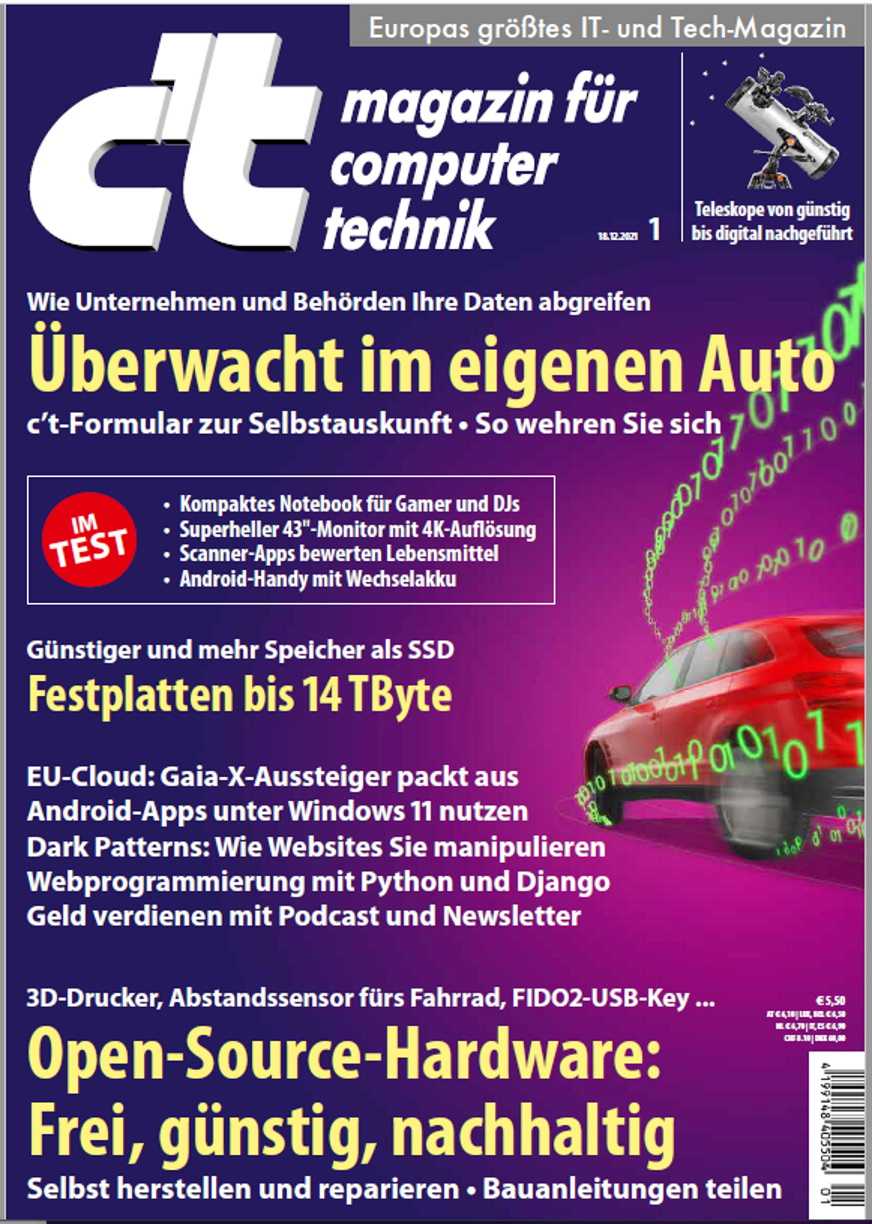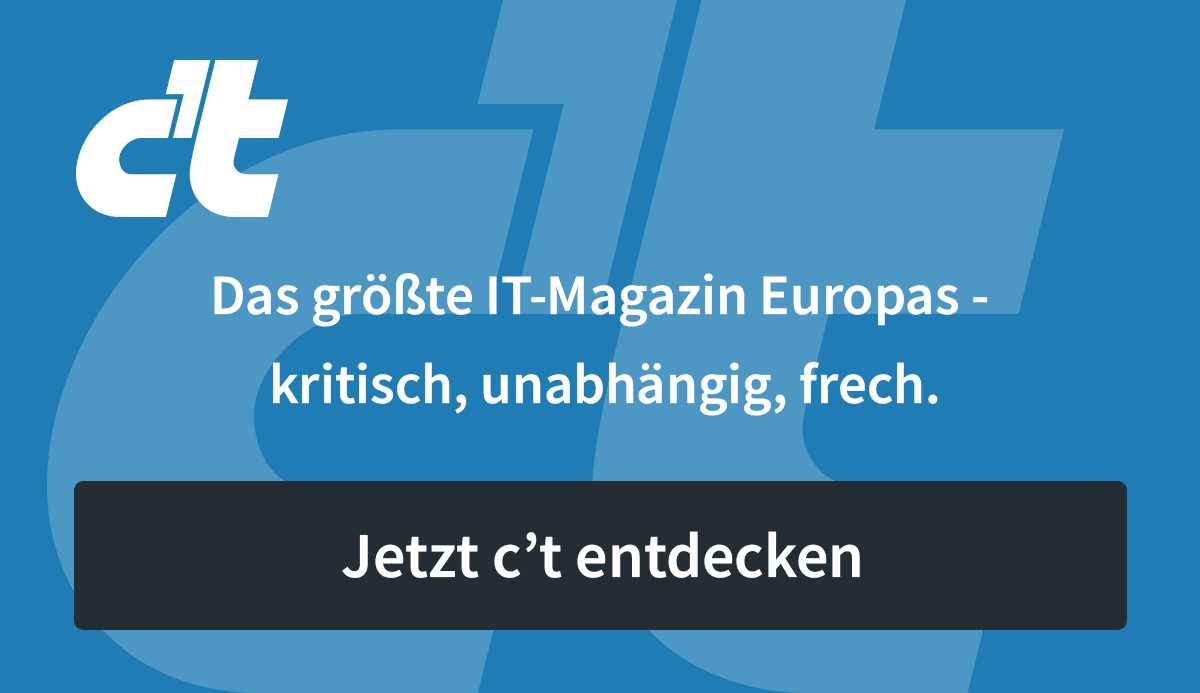The German radio amateurs, who are part of the non-profit German Amateur Radio Club (DARC), have developed a new emergency radio concept. During the flood disaster in the Ahr valley, they hardly got a chance, because the rescue workers have a powerful communication infrastructure with the new digital radio for authorities and the radio bridges that amateurs could build can hardly be integrated.
According to its own information, the Emergency and Disaster Radio Department at DARC has been analyzing for a long time how the requirements for emergency radio have changed as a result of technical change. The association has now presented a completely new concept in which external helpers from aid organizations, politics, business and the armed forces have contributed. In the future, German radio amateurs in disaster areas will no longer just record and forward messages as before, but rather set up high-performance WiFi networks that allow those affected to access the Internet and send messages and retrieve information themselves via smartphone or notebook.
Prototypes
The non-profit association is currently procuring a first prototype for such a system that can be transported in a vehicle trailer and works independently of the power grid. If the concept proves itself, such emergency systems should in future be available throughout Germany so that the voluntary helpers of the association can bring them to the site quickly if necessary. The systems not only include the WLAN components, but also, for example, an off-grid power supply and charging stations for the population to charge mobile devices.
The DARC bears the costs for the prototype; However, the costs for a broad rollout with several emergency radio groups spread across Germany, who can operate such an emergency radio network with their own material, cannot be met from the membership fees. The association expects costs of around 1 million euros per group for the purchase of the material distributed over several trailers, as well as its maintenance and storage in the first few years. Emergency radio officer Oliver Schlag (amateur radio call sign DL7TNY) therefore hopes for help from business and politics. Starting in April, the association wants to demonstrate in practice how powerful such an emergency radio solution can be with the prototype.

In c’t 1/2022 we are on four wheels. Modern cars collect data about occupants and the environment that arouse desire. Is there still a chance for privacy? We are also dedicated to open source hardware that can be accurately reproduced thanks to good documentation – from cargo bikes to notebooks. You will find issue 1/2022 from December 17th in the Heise shop and at the well-stocked magazine kiosk.

(tig)

